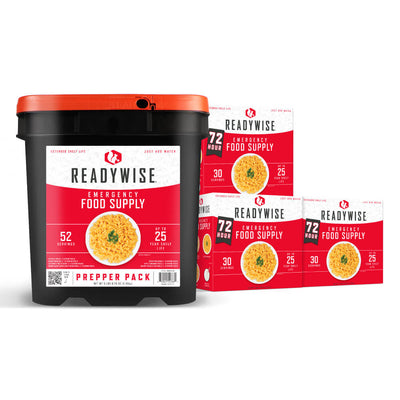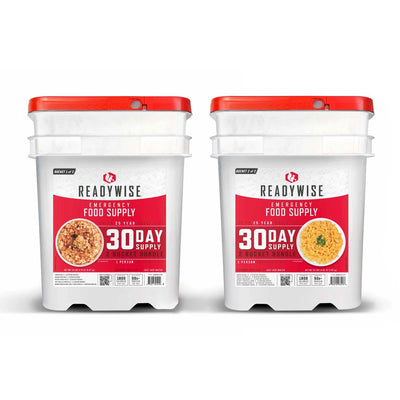Pickling 101
Most people think of “pickles” as pickled cucumbers and only as a garnish. Did you know you can pickle a wide variety of fruits and vegetables? Pickles of one kind or another have been made for more than 4000 years and are so popular in the United States that at one time 40% of the pickle production was earmarked for soldiers in the field.
Pickling is great way to preserve food because you create an edible, anti-microbial liquid. It seems that nobody has ever come across a pickle gone bad but general consensus is that pickles can keep for up to 18 months.
Pickles have significant health benefits - as long as they’re made without sugar. Fermented foods are thought to be good for the digestive system and many people believe that the vinegar kills “bad” bacteria in the digestive tract and contributes to better health. Pickles are also a good source of vitamin K, the hard-to-get B vitamins, thiamine and vitamin A. But beware, pickles are made with generous amounts of salt, which can be a problem for people on sodium restricted diets.
What Can I Pickle?
Pickling is the answer to almost any abundance of fruit or vegetables:
- Beets
- Green or red tomatoes
- Carrots
- Onions
- Asparagus
- Garlic
- Zucchini
- Jalapenos
- Celery
- Okra
- Cherry Tomatoes
- Cucumbers
- Broccoli stems
- Radishes
- Melon rinds
- Grapes
Pickling Methods:
There are two methods: chemical and fermentation pickling. The chemical process involves soaking the food in edible liquid such as brine, though technically there are other liquid “pickles” such as oil and alcohol. In fermentation pickling, the food is preserved by creating lactic acid.
How to Pickle
The chemical method is the easiest (especially now that you know how to harvest salt!).
- Combine 3 cups of distilled white vinegar, 3 cups of water and 3 tablespoons of salt.
- Add flavorings like Bay leaf, mustard seed, coriander, turmeric, dill, cumin, garlic, ginger or peppers. (If you add peppers or ginger, note that the longer the pickles soak, the hotter they’ll be!)
- Gather clean glass jars.
- Wash and cut up vegetables or fruit into bite sized pieces.
- If you’re using beets, Brussels sprouts, carrots, ginger, green beans, okra or peppers, give them a quick dip in boiling water followed immediately by an ice bath (known as blanching).
- Place vegetables or fruit in jars then fill with brine. Don’t screw the lids on too tight because the fermentation will create carbon dioxide and you’ll need a little room for air exchange.
- Let the pickles sit and pickle for two to four weeks
The fermentation process is exactly the same, just eliminate the vinegar. If the food has enough moisture, the salt will draw out the excess liquid. Note if your top vegetables aren’t immersed in water they may mold. You can place a smaller glass jar filled with rocks or pie weights (called a “follower”) on top of the vegetables to keep everything submerged.
















































































